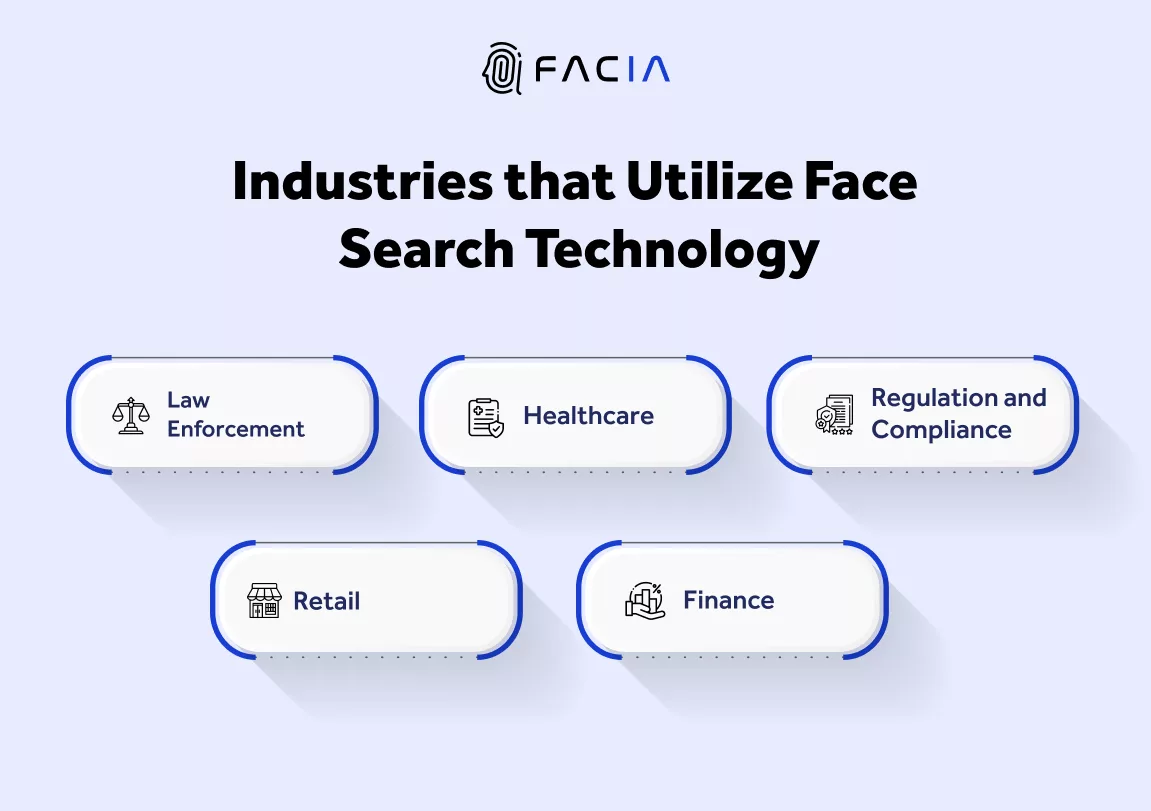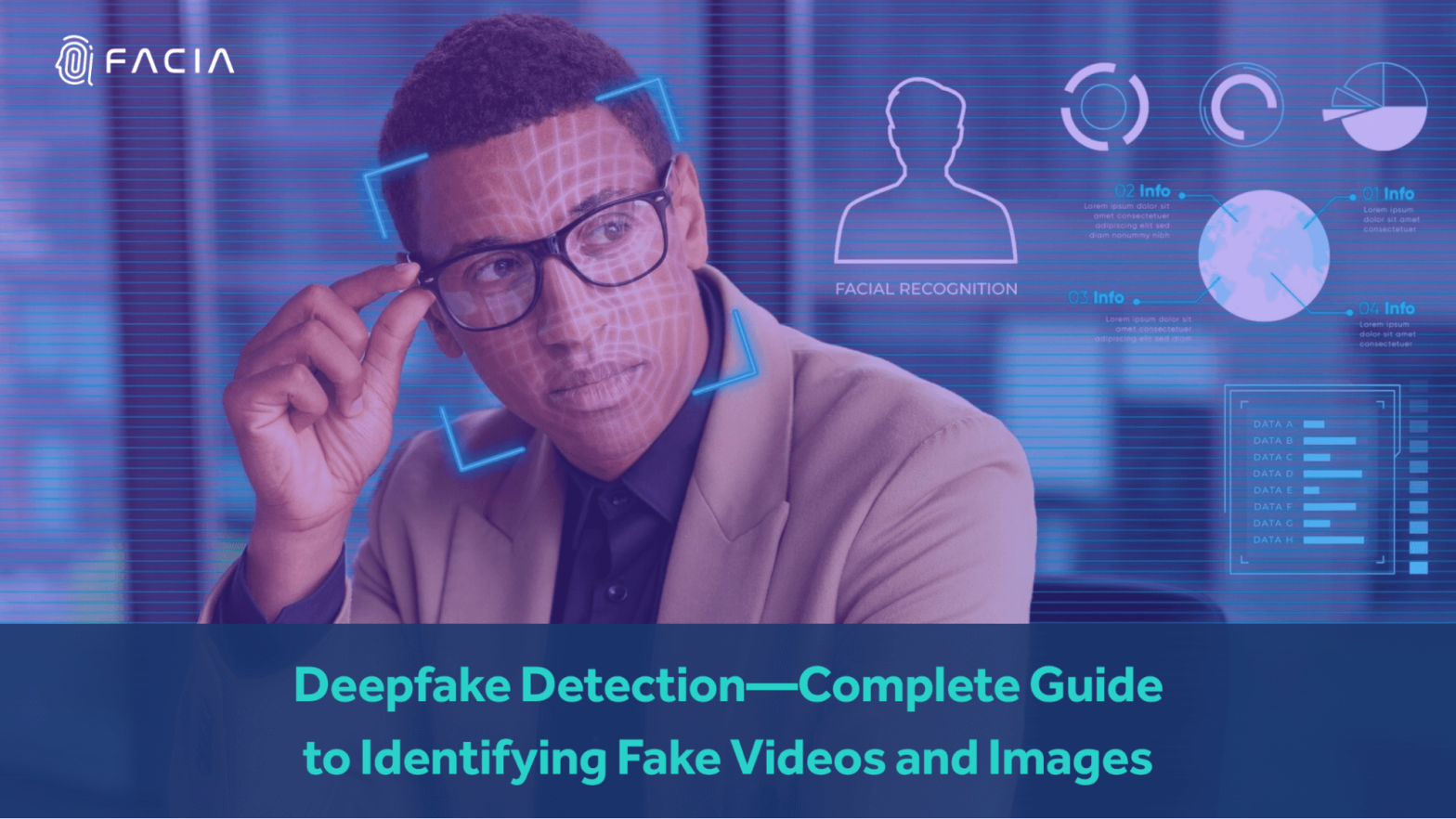
How Face Search Solutions Assist Businesses Identify Real Customers
Author: Carter | 29 Dec 2023In This Post
Businesses are embracing digitisation with the advent of technology. Whilst they automate their operations, there is a major issue of incorporating online identity verification to simplify their core operations such as onboarding, partnerships, and other daily processes. Finding the solution that protects the identity and proves to be a core tool in the future is a challenge.
Speaking of biometrics, the face recognition solution is a contactless approach growing worldwide and is expected to reach $10 billion by 2030. With the face recognition industry booming at a great pace, facial solutions like face search ID come in handy for businesses to ensure compliance and identify customers on the go.
Key Takeaways
- Face search technology is a biometric identification method that uses facial characteristics to identify individuals.
- The technology behind face search involves a combination of technologies including convolutional neural networks (CNNs), computer vision, and facial geometry recognition.
- Businesses across various industries can benefit from face search solutions, especially in security and law enforcement and customer onboarding and verification.
- Facia offers both 1:1 and 1:n identification functionalities.
What is Face Search?
Face search is the technique of identifying individuals. It is part of face analyser technology that makes facial characteristics a unique element for each individual. This allows businesses to easily search for customers, investors, stakeholders, and the workforce. Face search is the next generation of biometric search that is much more secure and tamper-proof than other methods of searching identities.
Many tools are available that work on the face search methodology. Google image search is a prime example of this technology that identifies the person in the image.
In terms of biometric security systems, face search offers a comprehensive solution to identify people and is used across multiple industries especially, by law enforcement and security agencies.
What are the Advantages of Face Search Solutions?
Face search AI is becoming the new norm after the drastic shift of industries towards artificial intelligence-based products. Now, some companies even embed a small part of this solution into software that works directly from the smartphone. It has a lot of upsides as it ensures security while reducing friction when it comes to identity verification and user search.
Here are the top 3 advantages firms take from replacing traditional verification systems with face search ID solutions:
Easy to Integrate
Face search solutions are built on the foundation of face recognition technology which means that incorporating a leading biometric facial solution can easily integrate the face search feature to the security system. It just requires a photo with the face clearly visible to search from an existing repository of stored facial information.
For real-time face search, these systems are capable of scanning faces directly from the camera on ideal conditions to extract facial features and look for them in the database.
Enhanced Security
Searching for people using their facial characteristics is more secure than traditional methods such as names or numbers. Those techniques were time-consuming and complex as many people have the same names and nearly matching IDs resulting in ambiguity and misunderstandings.
With Face search AI, firms can quickly verify individuals. It is much faster than fingerprint or retina scans and has minimum touchpoints. Face search AI provides a convenient way of tracking specific individuals and is a widely used solution across cybersecurity departments.
Higher Accuracy
The accuracy of face search engines depends on the model they are trained on, and it is mostly higher than other search algorithms. For instance, using a mobile or email address to find a customer can have issues like duplication, and wrong addresses given by the user. The face recognition engine maps out the face of the customer during registration and uses it as the credential to search. This is a more convenient way and protects business assets and privacy.
Unravelling the Technologies Behind Face Search Solutions
AI plays a crucial role in creating face search solutions but it is just the surface, many different technologies work behind the scenes to power an efficient face search solution. Here are the top three technologies that form facial biometric software:
Convolutional Neural Network (CNN)
Convolutional neural networks are part of machine learning training algorithms that play an integral role in face search solutions. CNN picks out distinctive features from the images. These features, known as landmarks, are then fed into the K-Nearest Neighbour (KNN) algorithm which compares the facial key points obtained from the input image with the stored facial keypoint values in the database.
This whole process helps in identifying a person based on the similarity between the facial features of the input image and the ones recorded during the person’s registration process.
Computer Vision
Computer vision is a subfield of AI which significantly helps the face search systems learn from digital data such as images, videos and other visual inputs. In the area of facial recognition, computers use techniques like extracting pixels and applying machine learning or deep learning to perform tasks.
One common example is face matching and searches found on smartphones. Other methods include creating 3D scenes, processing images and videos, segmenting scenes, and indexing the content of videos and images.
Facial Geometry Recognition
When it comes to face liveness detection and recognition systems or software, face geometry recognition is an important element. The geometric approach revolves around recognizing distinctive features. Photo-metric statistical methods come into play to extract values from an image.
These values are then compared to established patterns to eliminate any differences. Additionally, there are two broader categories known as feature-based and holistic models. Both these models assist in face search algorithms and enable businesses to redefine their biometric solutions.
How Facia Can Help
Face search is a key part of today’s world as traditional methods are easy enough for bad actors to bypass. Security departments utilise face search solutions to track suspicious activity using facial characteristics.
Businesses lacking proper face search solutions across their organisations, don’t worry as Facia has got you covered. We provide a 1:N face-matching solution backed by the powerful AI algorithm Morpheuos that offers 99% accuracy in identifying faces. Our AI-powered recognition and matching not only is secure but also provides results in real-time and has an easy integration module for On-Prem and SaaS businesses.
Contact us today for a complete walkthrough of how face search works or get a free demo to try it yourself!
Frequently Asked Questions
Facial recognition is a technology that automatically identifies or verifies a person's face from a digital image or video. It analyzes facial features, such as the distance between the eyes, the shape of the jawline, and the prominence of cheekbones, to create a unique "facial signature" for each individual.
The process involves several steps:
- Image Capture: A digital image or video frame is captured using a camera.
- Facial Detection: The system locates faces within the image, distinguishing them from the background.
- Feature Extraction: Key facial features are identified and measured, creating a mathematical representation of the face.
- Comparison: The facial signature is compared to a database of known faces.
The accuracy of facial recognition technology has improved significantly. However, it can still be affected by various factors:
- Lighting: Poor lighting conditions can hinder accurate feature extraction.
- Pose: Facial expressions, head tilts, or sunglasses can obscure key features.
- Image Quality: Low-resolution images or blurry photos can impact accuracy.
- Database Size: A larger database of diverse faces improves the system's ability to find accurate matches.
The legality of facial recognition varies depending on location and how the technology is used. Here are some ongoing discussions:
- Privacy Concerns: Collection and storage of facial data raise privacy concerns. Regulations are evolving to address user consent and data protection.
- Government Use: Law enforcement use of facial recognition for surveillance or identification purposes has legal and ethical considerations.
Facial recognition and face verification are often confused, but they serve distinct purposes:
- Identification: The system searches a database to find the closest match and identify the person in the image.
- Verification: The system compares the facial signature to a claimed identity (e.g., from a user ID) to verify if it's the same person.
These terms are often used interchangeably, but here's a subtle difference:
- Face Search: Scans a database of known faces to find all instances of a particular face.
- Face Identification: Aims to identify a single unknown face by comparing it to a database and returning the most likely match.









